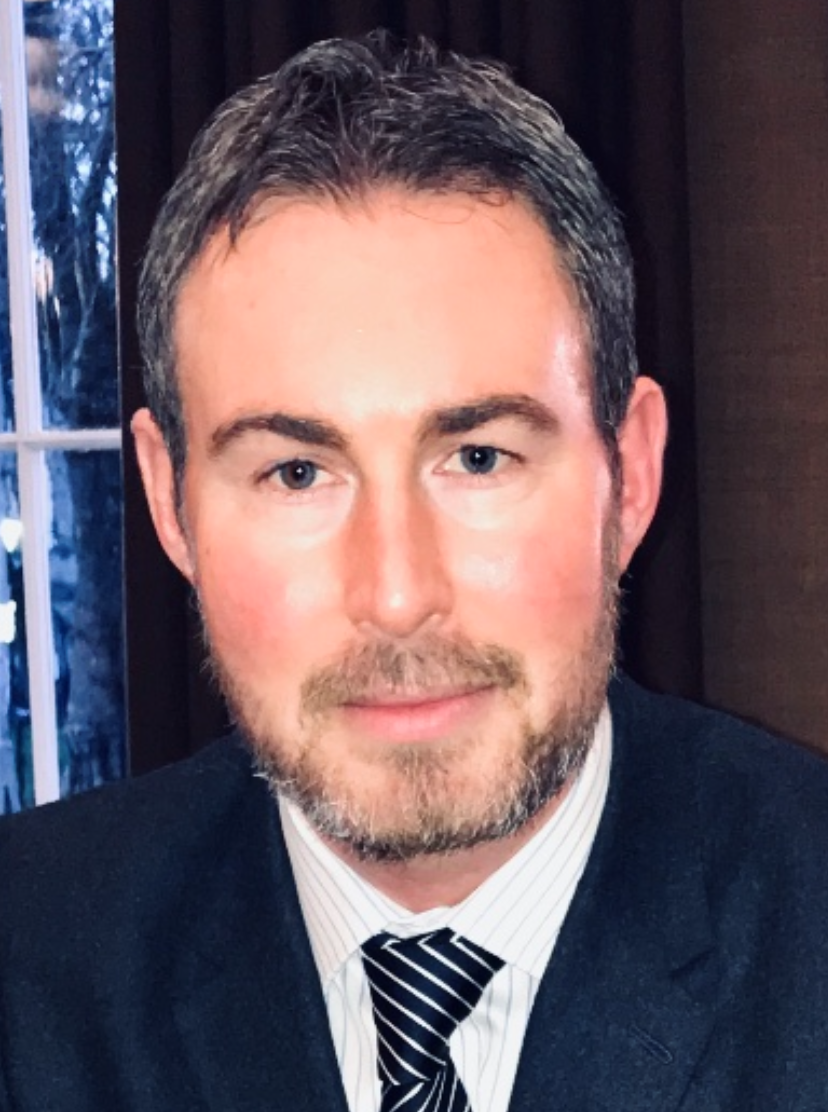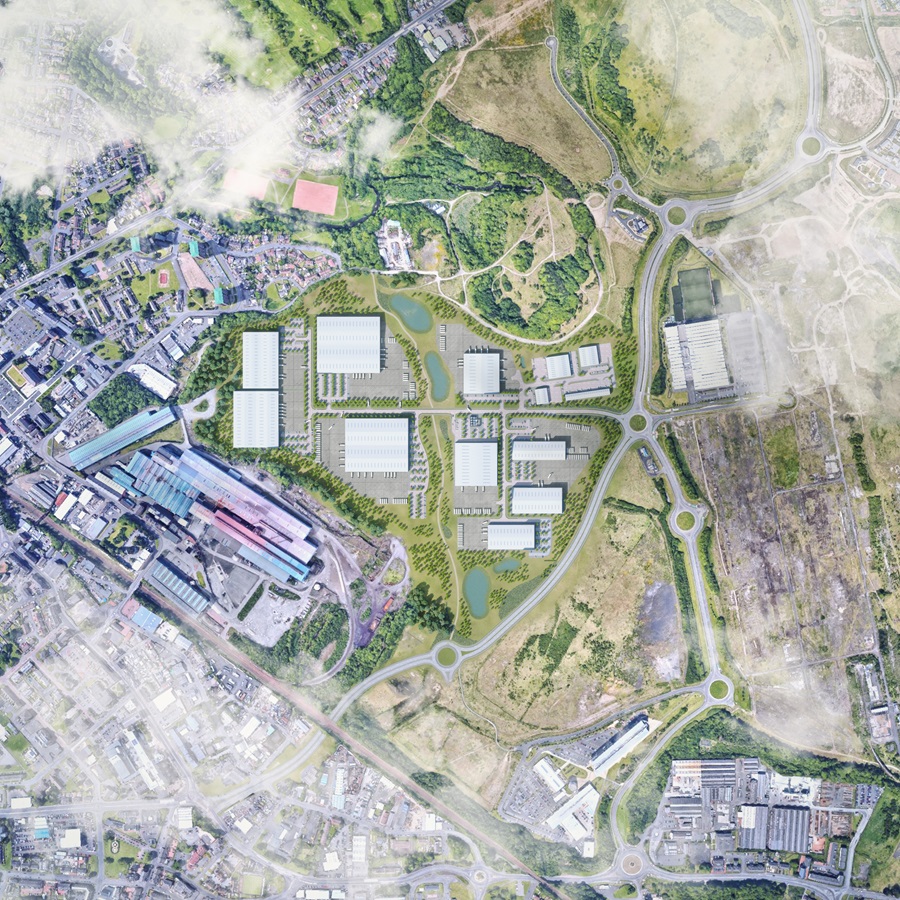Russell Wilkie: A new future can be forged for our industrial communities

Russell Wilkie
Ravenscraig Ltd director Russell Wilkie outlines his vision for the former steelworks in North Lanarkshire and the need to develop industrial communities.
All across the UK, there are monuments to our industrial heritage. They remind us of the heavy industries that once helped power our country. Importantly, they remind us of the toil of the workers and communities that dedicated their working lives to these important industries.
We owe it to these people to ensure there is a bright future for their communities. Whether it be the docks in our coastal cities, the coalfields that powered our homes, or the steelworks that built the country, it is vitally important that we realise the potential of these former powerhouses.
This includes Ravenscraig in North Lanarkshire, which once supported thousands of jobs at its steelworks. The area was so synonymous with the alloy that Motherwell was known as Steelopolis, and the local football team known as the Steelmen. After closing in the early nineties, it left behind one of the largest vacant brownfield sites in Europe, at over 1,200 acres. That is where its story could have ended. But like other success stories like Battersea Power Station, or Liverpool’s Royal Albert Docks, Ravenscraig is also being regenerated.
This important regeneration will build and enhance a thriving community, supporting the economy of North Lanarkshire and Scotland. The transformation of Ravenscraig is a joint venture between Barratt Developments, Tata Steel and Scottish Enterprise, with over £250 million investment to date. Although great progress has been made, this full regeneration project will take a number of decades.
Given the site’s former use as a steelworks, development of some parts of the ground can be challenging, however, there has already been significant progress. Ravenscraig can play a vital role in addressing the current housing crisis with scope to create a significant number of homes. Crucially, the development is not-for-profit, with income from land sales reinvested into regeneration and remediation works.

Over 1,000 homes have already been built with scope for a further 3,300 homes. A pub and hotel serve the local community whilst New Lanarkshire College plays a pivotal role in fulfilling the social, economic and cultural aspirations of local communities. Its state-of-the-art campus is a hub for students in Lanarkshire and further afield. At the centre of the regeneration is Ravenscraig Regional Sports Facility, used by professional athletes and everyday gym-goers alike. An active travel link also connects Ravenscraig to Motherwell, Wishaw and Craigneuk, creating safe spaces for walking and cycling. All of these great facilities are just the start of the positive regeneration journey.
One of Ravenscraig’s many strengths is its location within a ten-minute drive of the M74 and M8 motorways. 80 acres of Ravenscraig will soon become Scotland’s newest production and logistics location, called SevenFourEight. The regeneration is focused on sustainable and inclusive growth. The mixed-use site supports a self-sufficient community, with jobs and opportunities.
As a director of Ravenscraig, I see community engagement as the key to future success. Ensuring open dialogue with residents, listening to feedback and sharing updates. I want residents to feel proud of their community and local area.
This year, planning applications will be determined for affordable homes, neighbourhood shops and transport infrastructure. Looking ahead, future plans for Ravenscraig include a £10m employment hub built by Fusion Assets, with conversations already underway for retail and leisure development. Plans to deliver a new primary school joint campus are also in discussion.
There is still a long way to go, but the reimagining of Ravenscraig is a testament to what can be achieved when we honour our industrial past with progressive development. We want to celebrate the legacy of former Ravenscraig workers, whilst forging a bright future for local communities.









